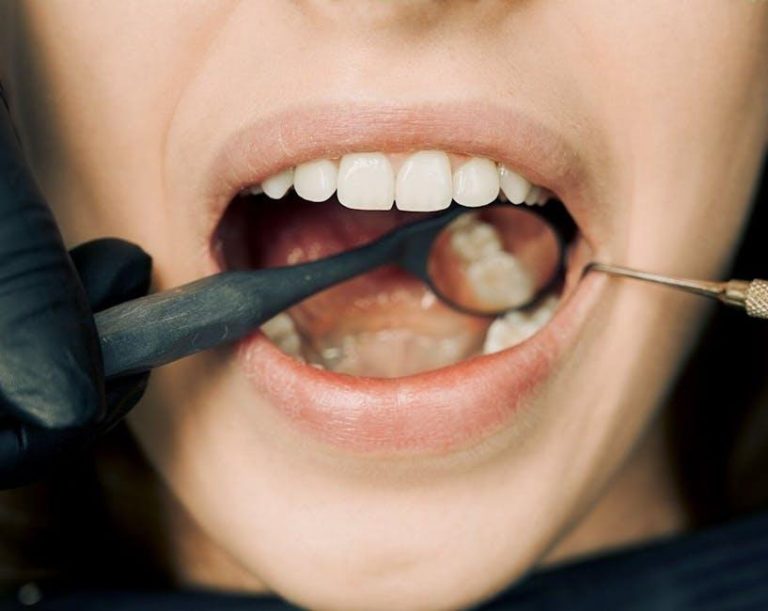
Does Medicaid Cover Dental? Orthodontics, Common Procedures & State Coverage
When it comes to dental care, many people wonder if Medicaid covers dental services and orthodontics. Medicaid plays a crucial role in making healthcare affordable for millions of Americans, but its dental benefits can vary widely by state and individual eligibility. In this comprehensive guide, we’ll explore Medicaid’s dental coverage, including orthodontic treatments, common procedures, and state-by-state variations. Whether you’re a Medicaid enrollee or helping a loved one navigate dental benefits, this article will provide clarity and practical insights.
Understanding Medicaid Dental Coverage
Medicaid is a state and federally funded program that provides health insurance for low-income individuals and families. While Medicaid covers general health care services, dental coverage is considered an optional benefit by federal law — this means the extent of coverage depends largely on individual states.
Who Is Eligible for Medicaid Dental Benefits?
- Children under age 21: Under the Early and Periodic Screening, Diagnostic, and Treatment (EPSDT) mandate, dental services for children enrolled in Medicaid are mandatory. This usually includes preventive care, fillings, extractions, and more.
- Adults 21 and older: Coverage for adults varies by state. Some states offer comprehensive dental benefits, while others provide limited or emergency-only dental care.
What Dental Procedures Does Medicaid Cover?
Dental coverage under Medicaid typically includes:
- Preventive services (cleanings, exams, X-rays)
- Basic restorative services (fillings, root canals, crowns)
- Extractions and oral surgery
- Emergency dental care
- Orthodontics (sometimes, but usually limited to medically necessary cases)
Does Medicaid Cover Orthodontics?
Orthodontic coverage through Medicaid is one of the most debated topics. Generally, Medicaid does not cover cosmetic orthodontic treatments like braces for purely aesthetic reasons. However, many states provide coverage for orthodontics if it is deemed medically necessary.
Medically Necessary Orthodontics
“Medically necessary” orthodontic treatment means correcting severe dental issues that affect health or function, such as:
- Cleft palate
- Severe malocclusion affecting chewing or speech
- Jaw abnormalities
Approval for orthodontic coverage often requires documentation from a dentist or orthodontist and prior authorization from Medicaid.
State Examples of Orthodontic Dental Benefits
| State | Orthodontic Coverage | Notes |
|---|---|---|
| California | Yes, medically necessary | Requires approval based on medical criteria |
| Texas | No coverage | Orthodontics generally excluded |
| New York | Yes, limited coverage | Mostly for children under 21 |
| Florida | Emergency care only | No orthodontic benefits |
Common Medicaid Dental Procedures Covered
Understanding what specific dental treatments Medicaid covers can help you plan and maximize your benefits. Here are some common procedures frequently covered:
- Dental Exams and Cleanings: Regular preventive care helps avoid serious problems.
- X-Rays: Necessary for diagnosing cavities, infections, or jaw issues.
- Fillings: Medicaid typically covers basic cavity repair using standard materials.
- Root Canals and Crowns: Covered when necessary to save a tooth.
- Extractions: Removal of decayed or damaged teeth.
- Dentures: Partial or full dentures may be provided, particularly for adults in some states.
How State Coverage Varies
Each state determines dental benefits differently, so it’s essential to check your local Medicaid program for specifics. Here’s how coverage can vary:
- Comprehensive Coverage States: Provide a wide range of dental services, sometimes comparable to private dental insurance.
- Limited Coverage States: Offer essential services and emergency care but exclude many preventive or restorative procedures.
- No Adult Dental Benefits: Some states only cover dental services for children under 21.
To find your state’s Medicaid dental coverage, visit your state’s Medicaid website or Healthinsurance.org’s state comparison tool.
Benefits of Medicaid Dental Coverage
Having dental benefits through Medicaid can bring several advantages, especially for low-income families and individuals:
- Improved Oral Health: Access to preventive care reduces tooth decay and gum disease.
- Reduced Medical Costs: Early dental treatment results in fewer emergency room visits and costly procedures.
- Better Quality of Life: Correcting dental problems can improve speaking, eating, and self-esteem.
- Access to Orthodontics for Medically Necessary Cases: Some enrollees can get orthodontic care that might otherwise be unaffordable.
Practical Tips to Maximize Medicaid Dental Benefits
- Regularly Verify Your Coverage: Dental benefits may change annually; always check before scheduling care.
- Find In-Network Dentists: Use state Medicaid directories to find providers who accept your plan.
- Obtain Prior Authorizations: For orthodontic and major dental procedures, secure Medicaid approval to avoid denial.
- Keep Documentation: Maintain records and letters from your dentist to support medically necessary care.
- Utilize Preventive Services: Regular cleanings can prevent costly interventions in the future.
Conclusion
Does Medicaid cover dental care? The answer is yes—but with important qualifiers. Medicaid is required to cover dental services for children, but adult dental coverage varies widely from state to state, particularly when it comes to orthodontics and specialized treatments. For those in need of orthodontic care, coverage is usually restricted to medically necessary cases and must be authorized in advance.
Understanding your Medicaid dental benefits and how they apply to your state can help you access essential dental services and improve your overall health. Always stay informed, communicate with your dental provider, and check your Medicaid state portal regularly. With the right information, Medicaid can be a powerful resource to maintain a healthy and confident smile.


